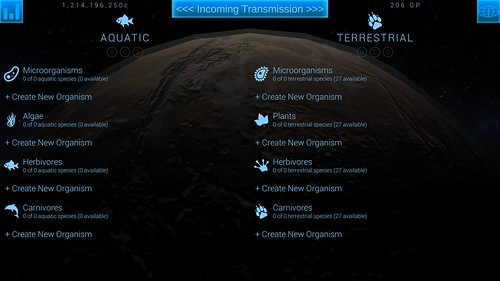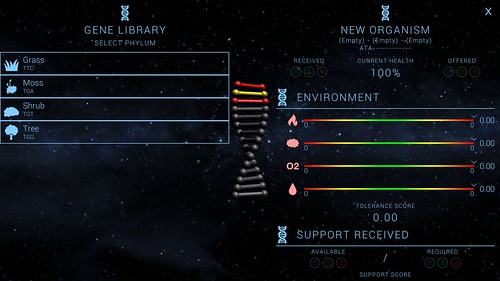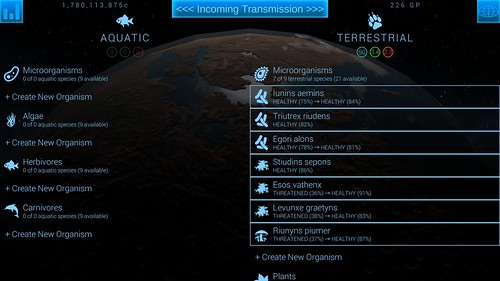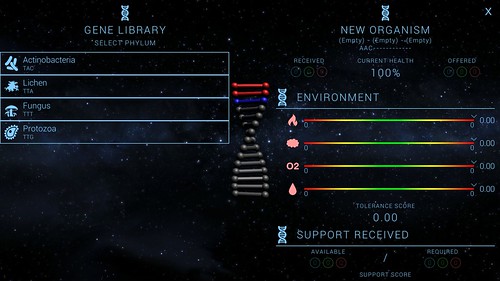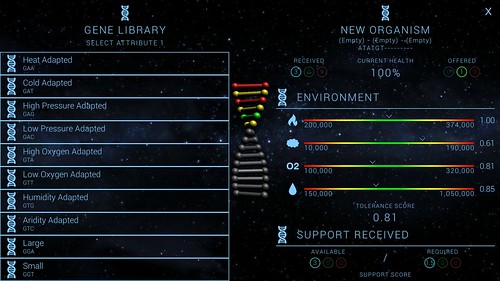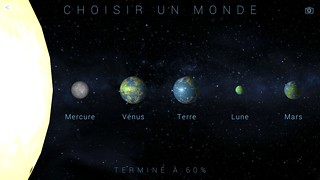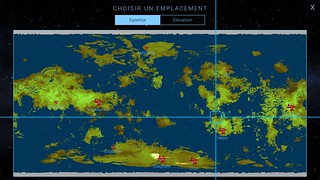Monopoly Go! is a recently released mobile game available on iOS and Android, but before you dive in, think twice. This game seems to be primarily designed as a money-making scheme, relentlessly pushing in-app purchases and utilizing slot machine mechanics to enhance its addictive nature.
Monopoly GO! a review
While it carries the Monopoly name and features a familiar game board, that’s where the resemblance ends. In Monopoly Go!, the traditional gameplay mechanics are completely altered. Instead of paying for properties, you actually earn money when you land on them. Additionally, certain actions, such as shutting down your friends’ properties or engaging in bank heists, can be executed when you land on train stations.
The game introduces time-limited themes lasting around two days, offering rewards and requiring you to collect tokens when you reach specific spots on the board. Furthermore, there’s a 24-hour friendly competition where players compete against each other to accumulate the most tokens from train stations.
Beyond its surface, Monopoly Go! is riddled with dark patterns, embodying all the sins of free-to-play games and more.
1- Energy, or dice in the case of Monopoly Go, serves as a limiting factor in gameplay. You can only play with the number of dice you have, and while you might earn more through reward or other gimmicks, once you run out, you’re left with two options: pay for more or pester your friends to join.
2- Lost aversion is at play, as friends and strangers alike can wreck your game board and pilfer your hard-earned money. Repairing the board incurs costs, and if you’re not vigilant, they can snatch away all your funds (it happened to me with a staggering 24 million). When you run out of money, the game, you guess it, entices you to purchase Monopoly money with real cash.
3- Some daily rewards are hidden or hard to reach. Accessing them involves navigating through four pages of purchase temptations. The game even moved the reward from the first page to the last, leading people like myself to mindlessly click, inadvertently ending up on the google play page, where a purchase confirmation awaits.
4- Upon loading the game, you’re bombarded with approximately 4-5 pop-ups soliciting money. Themes of the day, limited-time offers, one-time deals, board reports, and at the end yet another reminder of the theme of the day—it’s an endless barrage.
5- The game employs time-based boards event, such as an event where landing on taxes earns you money or death instead of losing funds. However, to recover those gains, you must land on free parking. Which is annoying when you keep landing everywhere else but the free parking.
6- Stickers, a seemingly pointless feature, took me a while to comprehend. Finally, after assembling a set, I received a handful of dice. Yet, they remain bothersome since opening a single pack take an eternity because of the animation—a precursor to the next point.
7- Monopoly Go! inundates you with meaningless rewards, accompanied by drawn-out animations. Each action, whether it’s a shutdown or a bank heist, prompts an animation featuring the Monopoly guy donning a hard hat and riding a train. Even if the reward is a measly 10 dice, each item receives its own animation, carefully designed to elicit that dopamine rush and keep you hooked.
If you’ve managed to endure my rambling, let me confess that I wasted a staggering 17 hours on this game this week, according to my phone’s records. The dopamine rushes, the fear of not having enough shields to protect my board until the next game—all of it compels you to keep playing. That 400-dice reward when you believed you were finished? You tell yourself, ‘Guess I must play all these dice now.’. Fortunately, I didn’t spend a dime on this game.

My final verdict, considering the heavy emphasis on microtransactions and the departure from the classic Monopoly experience, it might be best to approach Monopoly Go! with caution.
